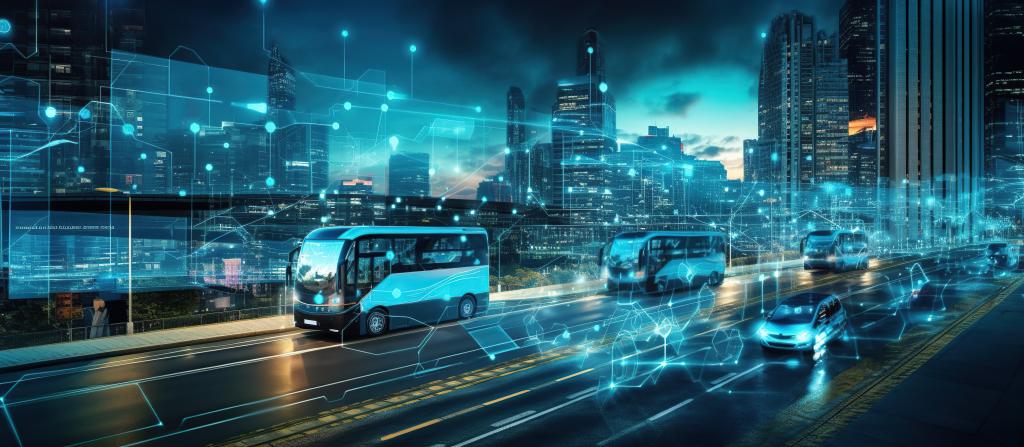Leveraging IoT
How Small Fleets Can Get Big Data Insights
By Christopher Robison
2023-09-06

In the transportation sector, the Internet of Things (IoT) is not just a buzzword—it’s a fundamental shift in how data is collected, analyzed, and utilized to drive decisions. For small fleet operators, IoT presents an opportunity to harness big data insights that were once the exclusive domain of larger companies with deeper pockets. Let’s explore how small fleets can leverage IoT to enhance their operations.
Understanding IoT in Transportation
IoT refers to a network of physical objects—‘things’—that are embedded with sensors, software, and other technologies for the purpose of connecting and exchanging data with other devices and systems over the internet. In the context of transportation, this can include vehicles, cargo, and even infrastructure like roads and bridges.
Data Collection on the Move
IoT devices can be installed in vehicles to collect a wide range of data in real-time. This data can include vehicle location, fuel usage, engine health, driving patterns, and more. For small fleets, this means access to a wealth of information that can be used to optimize operations in several ways:
Route Optimization: IoT devices can provide real-time traffic data, allowing fleet managers to reroute vehicles on the fly to avoid delays. Over time, analyzing this data can reveal patterns that help in planning more efficient routes, reducing fuel consumption and improving delivery times.
Preventive Maintenance: Sensors can monitor vehicle health, alerting managers to potential issues before they lead to breakdowns. This predictive maintenance approach can save small fleets significant money and reduce downtime.
Driver Behavior Monitoring: IoT can track driving behaviors such as speed, hard braking, and idle time. This information can be used for coaching drivers to adopt safer and more fuel-efficient driving habits.
Cargo Monitoring: For fleets carrying sensitive or perishable goods, IoT sensors can monitor conditions like temperature and humidity in real-time, ensuring that cargo is maintained in optimal conditions throughout its journey.
Compliance and Reporting: IoT devices can automate the collection of data required for regulatory compliance, such as hours of service for drivers, making reporting simpler and more accurate.
Turning Data into Insights
The true power of IoT lies not just in data collection but in data analysis. Small fleets can use analytics tools to process and interpret IoT data, gaining insights that can lead to actionable changes in their operations. For example, data trends might show that certain routes are consistently slower, prompting a change in scheduling or even discussions with local authorities about infrastructure.
The Competitive Edge
By adopting IoT, small fleets can level the playing field with larger competitors. Big data insights can lead to improved efficiency, cost savings, and better customer service. In a market where margins can be thin, these improvements can make a significant difference to the bottom line.
Implementing IoT Solutions
For small fleets looking to implement IoT, the key is to start small and scale up. Begin with a pilot program on a subset of vehicles to test the waters and prove the value. From there, IoT solutions can be expanded and integrated more deeply into the business operations.
In Conclusion
IoT technology offers small fleet operators the chance to unlock big data insights, transforming their operations in ways that were once unimaginable. By smartly investing in IoT, small fleets can not only keep up with the industry’s giants but also carve out their own path to innovation and success.
Leave a Reply
Comment? Suggestion? Just plain mad? Why not Leave a comment and let everyone know what you're thinking. Your email address will never be shared or published. Required fields are marked *